Draught stopping prevents misery, but it doesn't lift building performance to provide actual comfort, nor does it move toward an energy efficient envelope. Comfort and energy efficiency start with a measurable reduction of air infiltration through the building envelope, and this corresponds with retention of energy (hot or cold) simply because air is not escaping uncontrollably.
In NZ's building history this infiltration reduction has improved our energy retention, but the unwanted side effect is retention of moisture within the building's structure. This accumulated moisture is from the outside and from the inside. The inside load is generated from normal occupant behaviour such as cooking and breathing.
In the past this moisture had been 'managed' by large amounts of uncontrolled air movement (draughts) through the building envelope, providing huge amounts of drying capacity. Where did it all start to go pear-shaped? The addition of newer / cheaper / faster materials, the use of sheet flooring — rather than timber strip flooring — and sheet wall lining products both internally and externally all slowed down that drying capacity and started to result in moisture entrapment. It began in the late 1970's. This coincided not incidentally with the arrival of insulation and windows with rubber seals. The perfect storm about to break.
The current BRANZ seminar series on Moisture Management is discussing this history and the industry move toward the inclusion of internal vapour control membranes such as pro clima's INTELLO (in conjunction with the ventilation required in any habitable building) to prevent moisture entrapment inside a building and within a building's fabric. Achieving this predictably is a challenge if you also want to stay warm and reduce energy bills by eliminating infiltration.
The goal then is to prevent moisture loading into a structure in the first instance to allow durability — be it timber or steel, residential or commercial. One suggested approach to this challenge is to create a deliberately draught-free wall and ceiling environment without risk of interstitial condensation by using INTELLO.
The wording in the New Zealand Building Code objectives is almost identical for both internal and external moisture: "prevent accumulation of internal / external moisture" NZBC E3.1 and E2.2. This can be achieved relatively easily if you only seek to deal with one at a time. Dealing with both at the same time requires careful consideration where ventilation is only one part of the strategy required.
The inclusion of a smart vapour retarder allows us to reliably and predictably meet performance requirements NZBC clauses B2 Durability, E3 Internal Moisture, H1 Energy Efficiency while also assisting with E2 External Moisture requirements.
If you'd like to understand more about these issues and solutions, please get in touch with us on 0800 776 254 or email [email protected].
We are an approved NZIA CPD points provider.









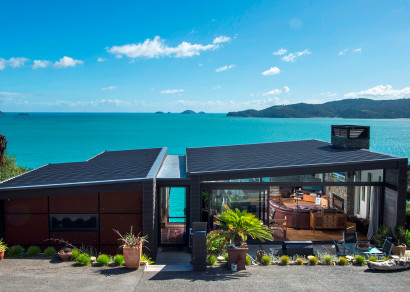



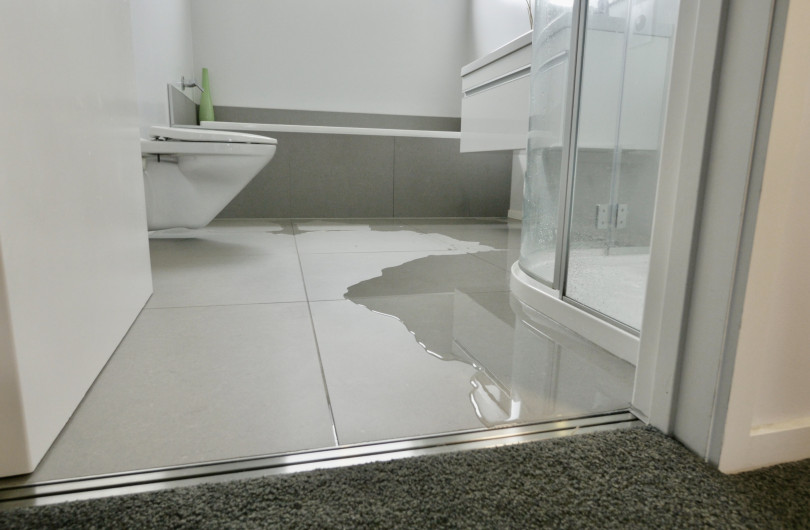
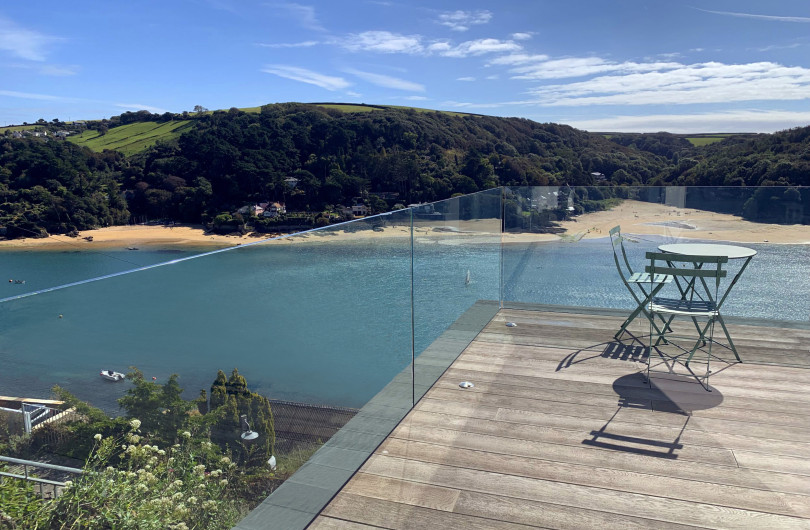
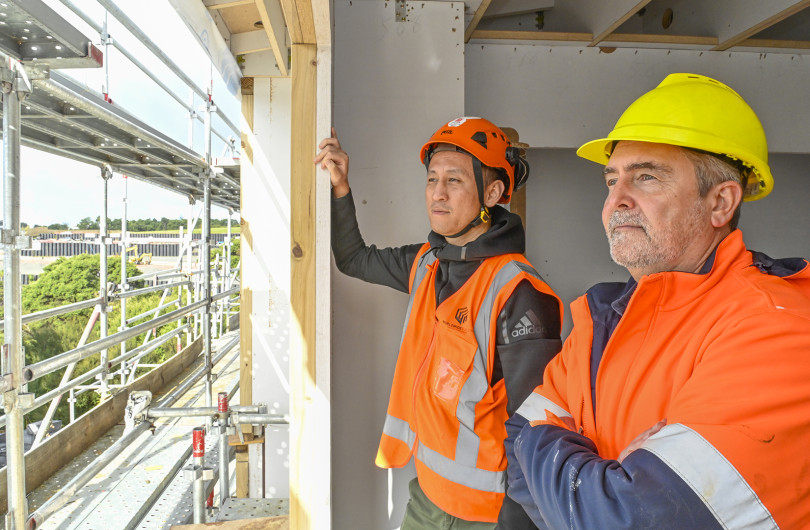
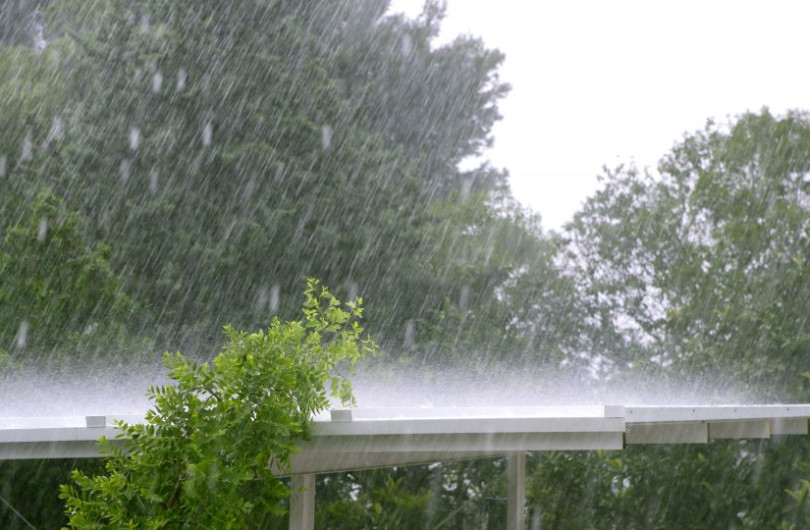

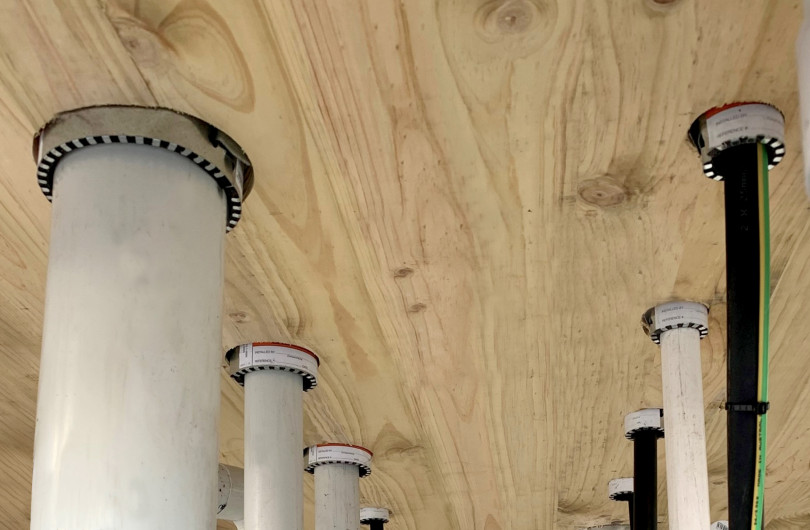

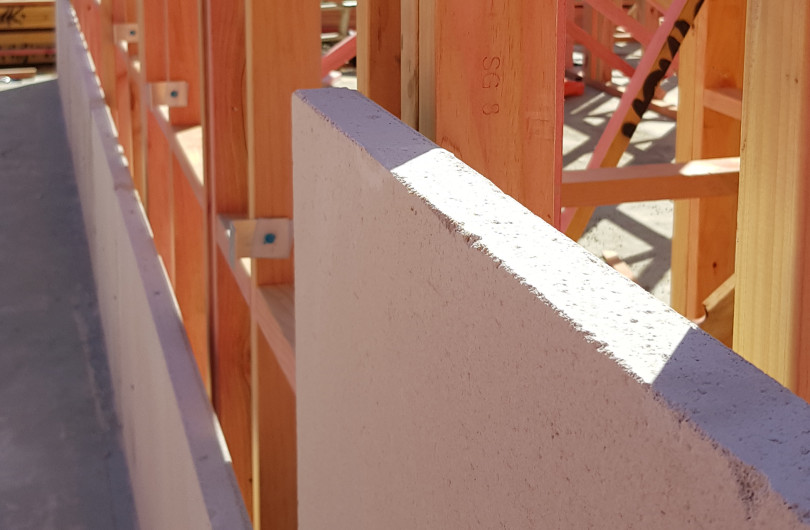







 Most Popular
Most Popular Popular Products
Popular Products


